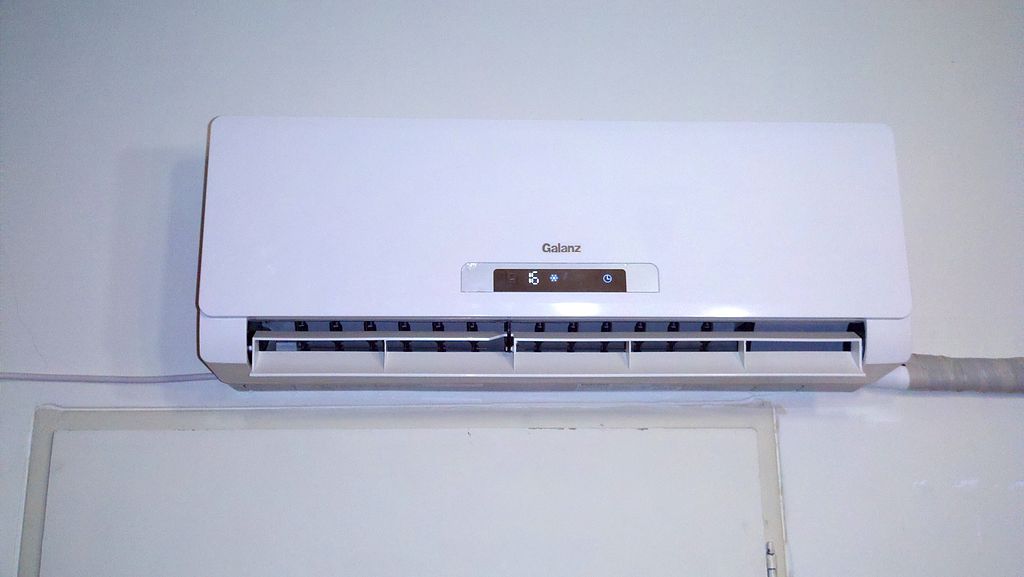- Premium electric vehicles and serial hybrids EXLANTIX will be presented at AVTODOM Varshavka
- Novotel Hyderabad Airport to host an extravagant Christmas Feast
- Revolutionizing Door Scheduling: RapidSpec Launches Advanced Software for Manufacturers
- Accor Celebrates Double Recognition at India’s Best Awards 2024
- Delhi Comes Alive with 'Voice of Colors' artist camp 2024 by Sahitya Kala Parishad
- ezPaycheck: Simplified In-house Payroll Solution Adds New e941 Feature for 2024
- Luxe Transfers LTD Launches Premier Luxury Chauffeur Services in Birmingham and Beyond
- Loren James Dance Company Revolutionises Dance Education with Premier Dance Schools in Cardiff
- Zee MPCG’s ‘Building New India’ Conclave Paves the Way for Madhya Pradesh’s Bright Future
- PerfectionGeeks Revolutionizes Mobile Solutions as a Leading Flutter App Development Company in Spain
- Items from The Merrill House in Natchez, Miss., are in Crescent City's January 17-18 Estates Auction
- Tajurba Business Network Hosted a Successful SME IPO Workshop, empowering over 100 SMEs
- Bangalore Hospitals Introduces India's First 640-Slice CT Scan
- Honda Motorcycle & Scooter India launches New 2025 SP125 - ‘Be Bold, Be Advanced’
- Protheragen-ING Releases Hundreds of APIs: Anti-Tumor APIs, Hypoglycemic APIs, Antipsychotic APIs, Bronchiectasis APIs, Antihypertensive APIs
 Mail to a Friend Mail to a Friend |
|
     |
Development in Energy Efficient Models of AC's Increases Market of Air Conditioning Systems

With advancements in air conditioning technology and rising demand in both developed and developing regions, the air conditioning systems market is expected to experience high growth in the coming decade, Changing weather conditions, development in air conditioning technology, rising disposable income of the consumers in the developing regions like Asia Pacific, demand for energy efficient models and replacement need in the developed regions such as North America and Europe are driving the air conditioning systems market worldwide.
Air Conditioning Systems- http://www.transparencymarketresearch.com/air-conditioning-systems-market.html
Air Conditioning Systems Market was worth nearly US$100 billion in 2012 and has prospects of reaching US$178.4 billion by 2018. The market reportedly comprised 3.5 million unit sales in the Indian market alone in the fiscal year 2013-2014. On a global front, the air conditioner market is anticipated to rise at a CAGR of nearly 10.5% between 2012 and 2018, according to a report published by Transparency Market Research. According to the same report, the Asia-Pacific region acquired nearly 34.4% share of the entire market in 2012.
Air Conditioning Systems faces a few Pressing Issues
Overall, the global air conditioner market is treading along a steady path of growth for the past few years and will continue to do so in the near future as well. But, the market is also the face for many industries that are expediting the process of global warming by emitting large amounts of greenhouse gases through their products. Freon, the traditionally used refrigerant in air conditioners, is known to have a greenhouse effect that is several times more powerful than the effect of carbon dioxide. Thus, it is much more hazardous than carbon dioxide and has the capability of posing serious threats to the global environment.
Are Global Air Conditioner Manufacturers taking any actions to address these issues?
Keeping in mind that environmental protection is the largest social issue faced by air conditioner manufacturers, global businesses are investing in research and development of technologies that can contribute to solving the issue of climate change resulting from greenhouse gas emissions and large-scale consumption of conventional energy sources.
The major steps being taken by global AC manufacturers to address the issue are:
> Promoting use of energy-saving direct current inverter ACs
> Developing next-generation, low greenhouse-gas-emitting refrigerants
INFORMATION ABOUT LATEST TECHNOLOGY USED IN AC's:- http://bit.ly/1Tf3cWX
Direct current inverter ACs: Conventional ACs are controlled by switches, making the process of refrigeration/heating quite slow. Through supplying a direct current to ACs, companies are trying to solve the issue of speed overshoot. Direct current inverter ACs are controlled by advanced controlling technologies, making temperature control accurate, saving time in heat transfer and reducing energy consumption. Many global AC companies such as Daiken, LG, Samsung electronics, among others, have come up with direct current inverter ACs in the market. The adoption of such systems has reportedly increased from nearly 7% in 2009 to an enormous 60% in the China residential AC market by 2014.
Developing next-generation Refrigerants: Global AC companies are working with governments in promoting R32, a next-generation refrigerant, as a replacement for Freon. R32 is a substance with properties contributing towards the protection of ozone layer and prevention of global warming. R32 also possesses a greater energy efficiency threshold, and is easy to recycle and reuse. Daikin, one of the world?s prominent air conditioner manufacturers, launched its first R32 residential-use air conditioner in Japan in 2013. The company is planning to promote it to other regional markets as well.
Company :-Transparency Market Research
User :- Mr.Sudip S
Email :-sales@transparencymarketresearch.com
Phone :---
Mobile:- -
Url :- http://www.transparencymarketresearch.com/air-conditioning-systems-market.html










